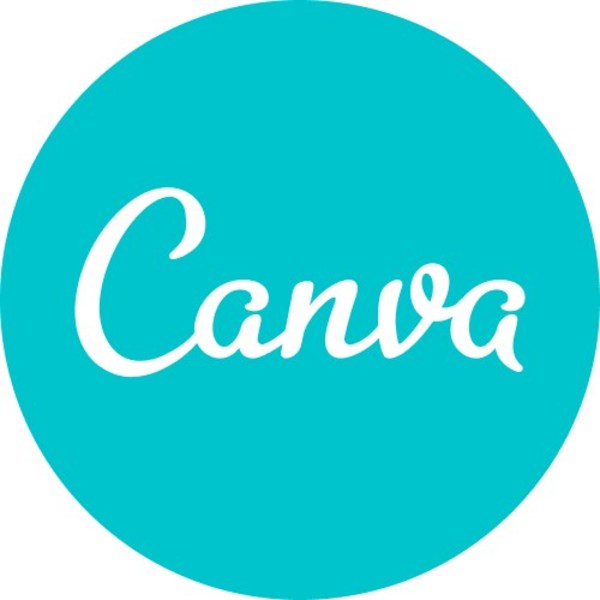 |
AUSTIN, Texas, Dec. 3, 2020 /PRNewswire/ -- Global online design platform Canva has today released new research that reveals an enduring boost in individual creativity across the U.S., as Americans find new ways to find fulfilment during the pandemic.
The nationally representative study of 2,000 Americans, commissioned by Canva, reveals more than half (51 percent) of Americans have picked-up a new creative past-time, or revisited an old one, since the arrival of COVID-19. This creativity remains consistent as lockdown continues, with 98 percent of those that have taken up a new hobby continuing to practice at least once per week.
Nataly Kogan, leading emotional health expert, artist, author of Happier Now, and refugee said, "Scientific studies show a positive link between creative expression and increased happiness. During challenging times, it's an incredibly useful way to help us process emotions."
"As travel and social interaction have been restricted, people are embracing creativity to seek enjoyment, grow and reflect on their experiences. But trying to make something that's perfect can be counterproductive — the creative process itself is where the true emotional benefits lie."
Almost three quarters (73 percent) of Americans see themselves as creative, agreeing that they're able to use skill and imagination to produce something new, or to produce art. The recent creativity boom stretches far beyond artistic pursuits, with a fifth starting their own business, and 28 percent creating a new "side hustle" amid COVID-19.
The Top Creative Hobbies of 2020
Across all regions and age groups, Americans are incorporating creativity into their lives in a variety of ways. According to the research, the top 10 most commonly practiced creative pastimes in 2020 are:
Other common past-times include knitting, fashion and textiles (16 percent) music practice and performance, (15 percent) and video creation (15 percent).
Self-Criticism Revealed as a Prevalent Barrier to Creativity
Despite recognizing their creative potential, self-criticism is the most common mental barrier to creativity, with almost a quarter (22 percent) experiencing the issue. Other common mental barriers include distractibility (20 percent) and fatigue (20 percent).
Almost a fifth claim they are unable to express their ideas in a creative way (19 percent), and 17 percent admit they feel guilty for 'wasting time' on creative endeavors.
The research also shows how personal circumstances are impacting creativity, with money, physical space and time among biggest challenges. More than a quarter (26 percent) feel they lack the financial means needed to be creative, 24 percent say they lack the space needed for creative projects, and a further 23 percent say they lack the time.
The study also reveals a creativity age gap. Sixty-two percent of those aged 18-24 have taken up a new hobby during COVID lockdown, compared to just 33 percent of those aged 55 and older.
Personal Reflection Becomes a High Priority for Americans in 2020
The difficult circumstances of 2020 have led to a time for reflection, with 64 percent agreeing that their experiences during the pandemic have positively changed what they consider to be most important in their lives.
Eighty-five percent of those surveyed are proactively making time to reflect on their experience during lockdown through activities such as journaling, walking or meditation.
Negative emotions still persist however, with more than half (57 percent) struggling to switch off from negative news, and 59 percent predicting that social distancing will be a bigger mental challenge in the winter than it was in the summer.
Nearly three quarters (73 percent) struggle with negative emotions at least sometimes since lockdown, and a further two-thirds (76 percent) find it difficult to focus on positives, at least sometimes.
Nataly Kogan adds, "During times of uncertainty, our brain's natural negativity bias gets more sensitive, making it hard to focus on positives. However, we can shift this by actively reflecting on what we're grateful for. Through practicing gratitude, we remind ourselves of the good in our lives, even when we're faced with obstacles, helping to increase our resilience and ability to keep moving forward."
Design for a Cause: a Canva and UNHCR Initiative to Support Refugee Youth
To encourage the world to get creative for a meaningful cause, Canva has partnered with UNHCR, the UN Refugee Agency, to launch Design for a Cause. The global campaign asks people to submit drawings of one thing that makes them smile, and a selection of these will be converted into graphics on Canva.
The converted graphics will be available on Canva, and each time these are used or purchased by Canva's millions of users, each element will generate donations for UNHCR's refugee education programs.
As a result of COVID-19 and displacement, a whole generation of refugee children is at-risk of missing out on school and slipping even further behind. Canva is encouraging everyone to use their creativity to help make a difference and improve access to education for refugee children.
Drawings can be submitted until December 8, 2020, using the online form. The converted designs can be used throughout 2021, in any designs created on Canva.
About Design for a Cause
Full details of Design for a Cause are available here.
About Canva
Valued at $6B USD, Canva is an online graphic design platform used by more than 40 million people every month across 190 countries who have created more than 3 billion designs using Canva's intuitive drag-and-drop design tools.
![]() View original content to download multimedia:http://www.prnewswire.com/news-releases/creativity-booms-as-americans-adapt-to-life-during-the-pandemic--canva-study-reveals-301185479.html
View original content to download multimedia:http://www.prnewswire.com/news-releases/creativity-booms-as-americans-adapt-to-life-during-the-pandemic--canva-study-reveals-301185479.html